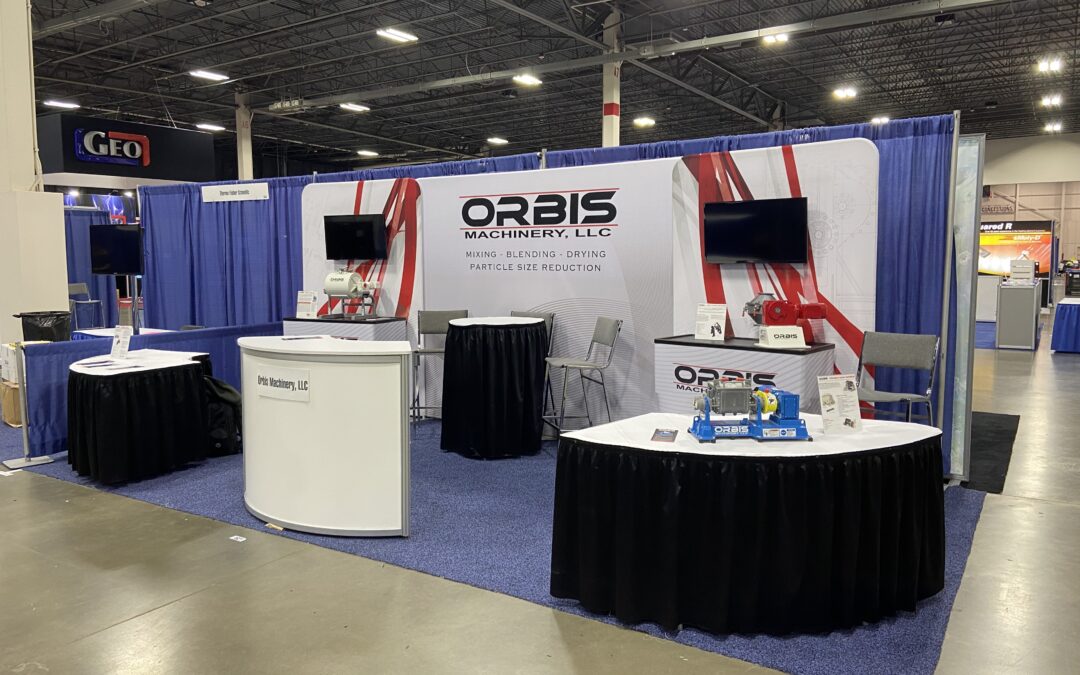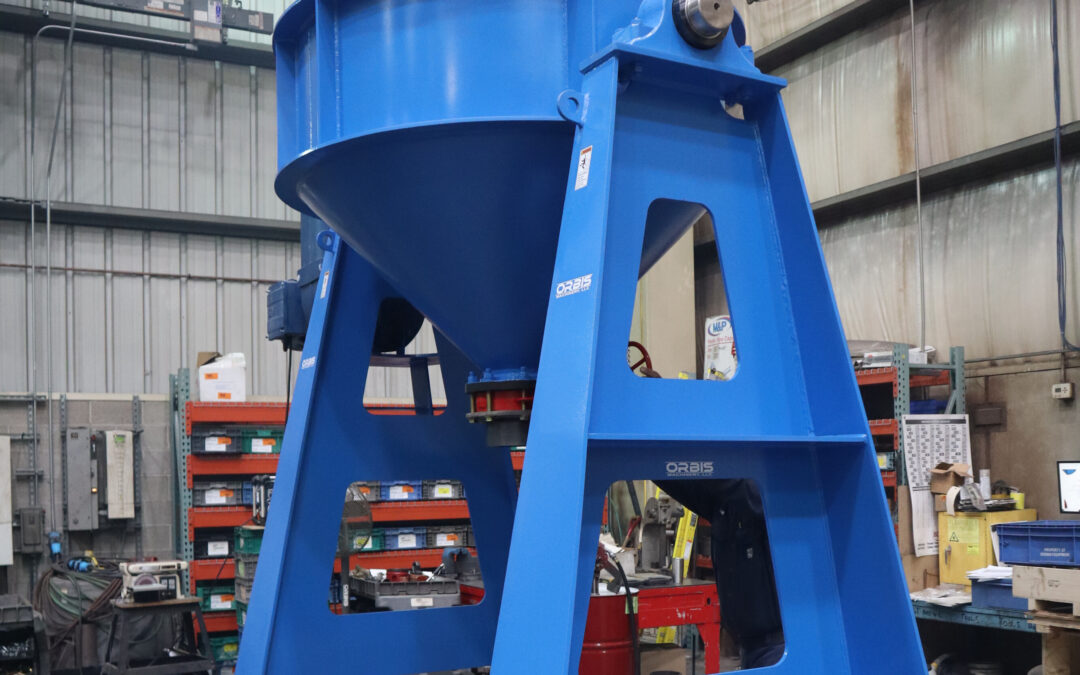With the readiness of manufacturing facilities to commence production in a matter of weeks, it’s important to emphasize the need to keep employees safe. Across the United States, manufacturers have been at the forefront of the pandemic as many shifted their focus to the production of Personnel Protective Equipment for medical workers.
There is a need to restart production, especially for essential products needed for daily living. Still, more importance has to be placed on protecting the employees, their families, and the community at large. The emphasis is on manufacturers, distributors, and contractors who have had to close shop due to their categorization as non-essential businesses.
While the Centers For Disease Control and Prevention has issued guidelines on the reopening of public facilities, the National Association of Manufacturers was carried along as an essential stakeholder. For ease of understanding, we’ll be highlighting some of the most critical best practices contained in the report;
• Eliminate all forms of third-party access to the manufacturing facilities unless they are critical to the production process.
• There should be screening of temperature, and the manufacturer should determine the permissible temperature. Any employee with readings above the temperature should be asked to return home.
• Manufacturers should ensure they maintain at least a six feet distance between employees during production.
• In the event that a six feet distance is not feasible, the employees should have a plexiglass or vinyl barriers between workstations. More so, the employees should be mandated to use protective coverings.
• There should be proper and continuous disinfection of high touch areas in the workstation, especially before and after a shift.
• Cafeterias, gyms, and break areas should be closed. In the event that it cannot be close, the area should be adequately ventilated, and overcrowding should be discouraged.
• Handwashing and sanitizing should be mandated. The manufacturers should make arrangements for hand washing and sanitizing areas available in important areas in the facilities.
• While restrooms should be frequently cleaned, there may be a need to close some off permanently in line with social distancing
• Hallways should be converted to one-ways to prevent overcrowding by the employees.
• There should be minimal interaction and contact between employees. This will make it easy for contact tracing and quarantining in the event an employee becomes sick.
• Implement a shifting period that allows for employees to leave the manufacturing facilities before another set of employees take over. This will also give room for cleaning and disinfection before a new shift.
• Have a system in place to handle a sick or infected employee. This should consist of how they will be isolated and cared for.
• Develop a working relationship with health officials to ensure a proper handling and mitigation.
It is essential to state that this is not an exhaustive list of the best practices for manufacturing facilities. To stay on top of the situation, manufacturing facilities should put in place or strengthen existing in-house Covid-19 response teams. They will be adequately equipped to keep the employees safe and ensure the continuity of production.



